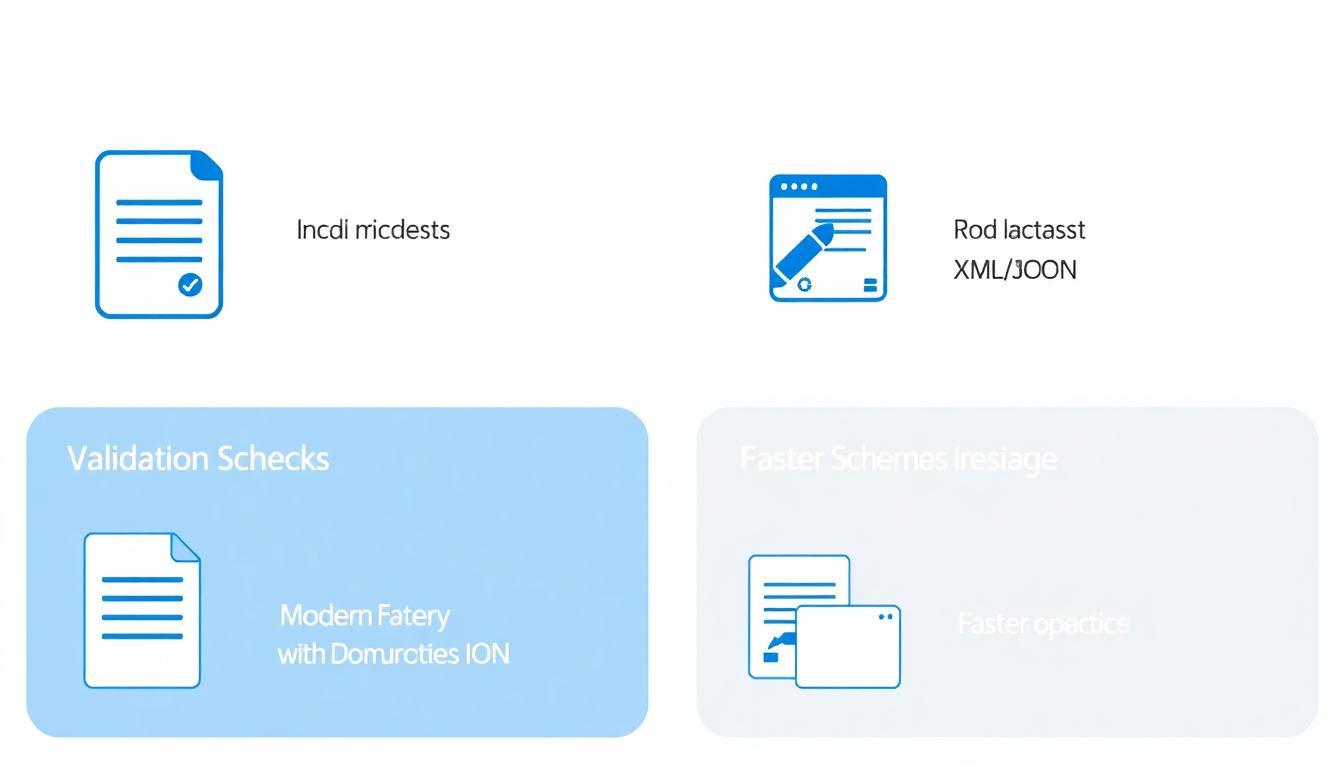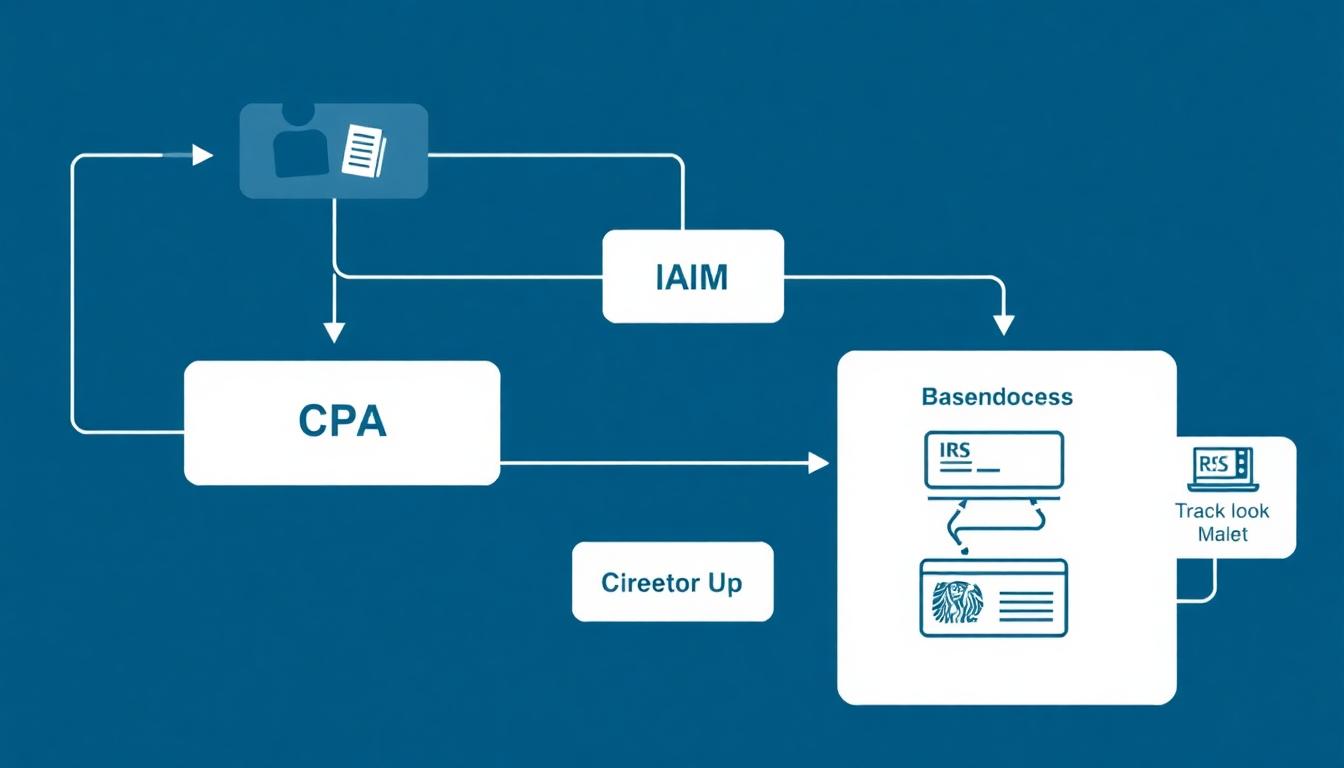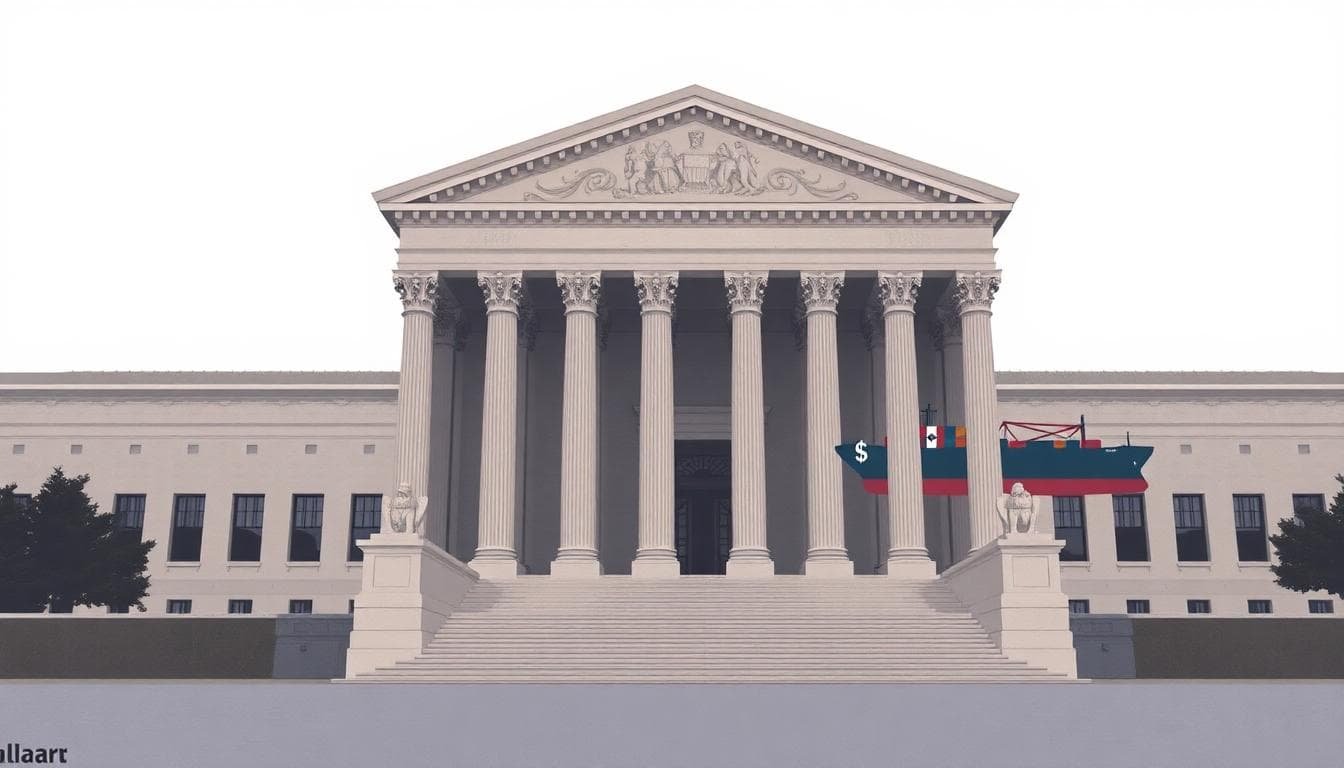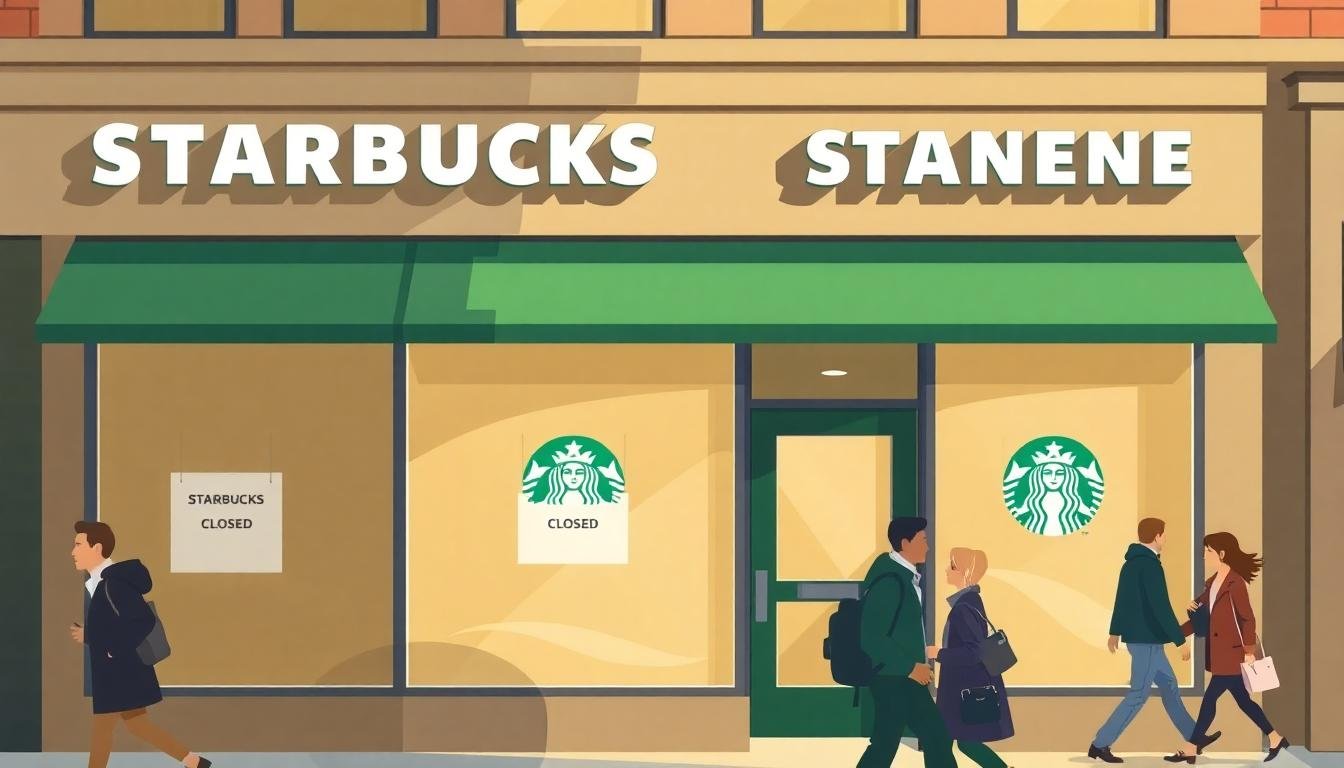The American Institute of CPAs is pushing the IRS to update estate and trust tax forms for the digital age. Here is what modernization could look like, why CPAs are asking for it, and how fiduciaries, beneficiaries, and practitioners might benefit.
Quick takeaways:
- The AICPA is urging the IRS to modernize estate and trust forms to support cleaner e-filing and fewer errors.
- Requests include better data schemas, clearer instructions, and alignment across schedules and K-1s.
- Benefits could include faster processing, fewer notices, and improved transparency for beneficiaries.
- Modernization requires IRS resources and time, so changes would likely roll out in phases.
What modernization means in practice
When tax professionals ask for modernization, they are talking about structured data and workflows that match how firms file today. That includes machine-readable schemas, consistent field definitions, and validation checks that catch errors before submission. Cleaner digital pipelines reduce the back-and-forth that slows refunds and triggers notices.

Forms and areas likely in focus
- Form 1041 and Schedules. Better alignment of income, deductions, and distribution details across schedules.
- Schedule K-1 (Form 1041). Clearer instructions and standardized codes to reduce mismatches with beneficiary returns.
- Information returns. More consistent rules for credits, withholding, and basis reporting when trusts hold complex assets.
- Digital signatures and authorizations. Streamlined workflows for fiduciaries and practitioners.
Why CPAs and fiduciaries are pushing for change
Estate and trust returns often blend traditional assets with modern portfolios: brokerage accounts, private equity, pass-through interests, and digital assets. Current forms can make it hard to reflect these cleanly, which leads to manual workarounds. That is where errors creep in, especially during busy season.
For beneficiaries, clearer K-1s reduce amended returns and tax season confusion. For the IRS, standardized data improves matching and compliance.

Potential benefits of modernization
- Fewer notices. Validation checks reduce mismatches that trigger IRS letters.
- Faster processing. Digital-first design speeds reviews and reduces manual keying.
- Better transparency. Standardized reporting helps beneficiaries understand their K-1s.
- Improved compliance. Clearer data supports IRS matching and reduces fraud risk.
Challenges and timeline
Modernization competes with other IRS priorities and requires funding. Updating forms, schemas, and e-file systems takes time, testing, and coordination with software providers. Expect phased changes, pilot programs, and guidance updates before full adoption.
What practitioners can do now
- Standardize internal data. Use consistent client intake templates for estates and trusts.
- Document positions. Keep memos for complex allocations and distribution decisions.
- Review K-1 mappings. Align software settings with your most common asset types.
- Educate beneficiaries. Send a one-page explainer with K-1s to reduce questions and errors.
- Stay current. Track IRS drafts, schema updates, and AICPA comment letters.

The AICPA’s push to modernize estate and trust forms aims to make tax season clearer and faster. If the IRS adopts structured schemas, stronger validation, and clearer instructions, returns could see fewer errors and smoother processing. It will take time, but the payoff is a simpler experience for fiduciaries and beneficiaries alike.
To contact us click Here .







